Experience
Preparing Popsicle Sticks for your Miniature Projects – Complete Guide with Tips
Popsicle sticks are a favorite material among miniature builders, model makers, and DIY crafters thanks to their affordability, versatility, and natural wood texture. But before you start gluing them into walls, furniture, or tiny details, proper preparation is key to making your miniature projects look clean, realistic, and professional. In this tutorial, we’ll walk you through everything you need to know—from selecting the right sticks to cutting, sanding, and shaping them for different design purposes.
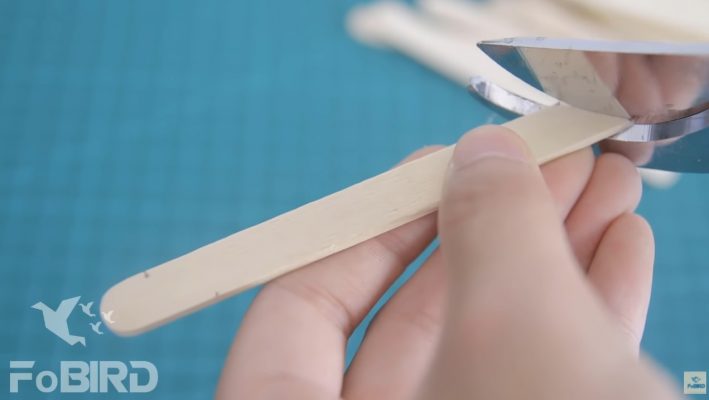
I. Materials that You’ll Need
|
Pruning shears (for cutting) |
|
Ruler or measuring tape |
|
Pencil or marker (for marking measurement) |
|
Sandpaper or nail file (for finishing edges) |
II. Choosing the Right Popsicle Sticks
Before you start cutting or building, selecting the right kind of popsicle sticks is crucial for both the appearance and structural quality of your miniature models. Here are a few important factors to consider:
Size and Thickness
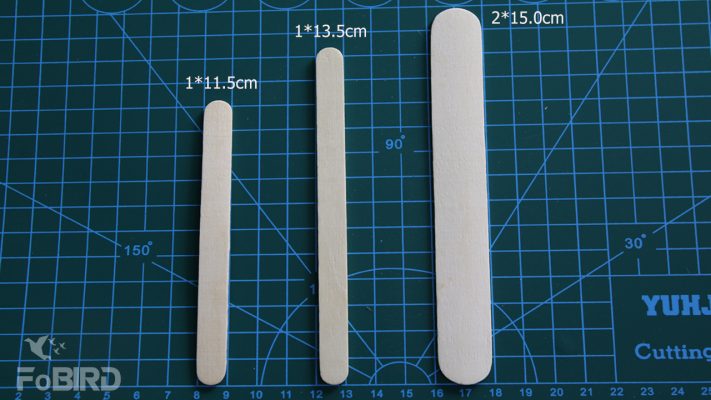
Popsicle sticks come in a variety of sizes, including standard, jumbo, mini, and even flat or rounded-end versions. For most miniature projects, standard or mini sticks are ideal—they offer a good balance between detail and strength. Thinner sticks are easier to cut and shape but may be more fragile, while thicker sticks can provide more support for structural components like walls or frames.
When choosing the size, consider the scale of your model. Oversized sticks can throw off proportions, while tiny sticks may be too delicate to work with for certain features.
Quality of the Sticks
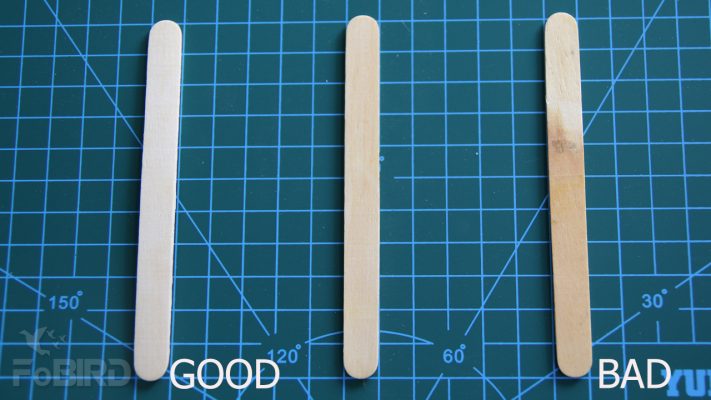
The shape and color of the popsicle sticks also affect the aesthetics. The sticks sometimes have uneven colors. Some are natural white and very beautiful, but many of them have yellow stains left by residual tree sap. Therefore, you should sort the sticks carefully before crafting to ensure the whole quality of your models.
Best Types for Cutting with Pruning Shears
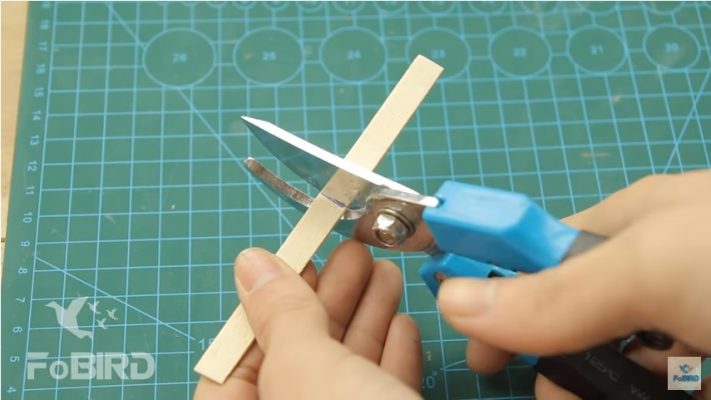
Standard-size popsicle sticks or jumbo sticks with moderate thickness can offer enough resistance for a clean cut without being too tough to handle. You should avoid overly thin sticks, as they may splinter under the pressure of the shears, and extremely thick or hardwood variants, which can dull the blades or cause uneven cuts.
Sticks made from birch or basswood strike a good balance between softness and durability—perfect for shaping with pruning shears and other hand tools.
III. A Guide to Use Pruning Shears for Cutting Popsicle Sticks
- Mark your desired length with pencil or marker
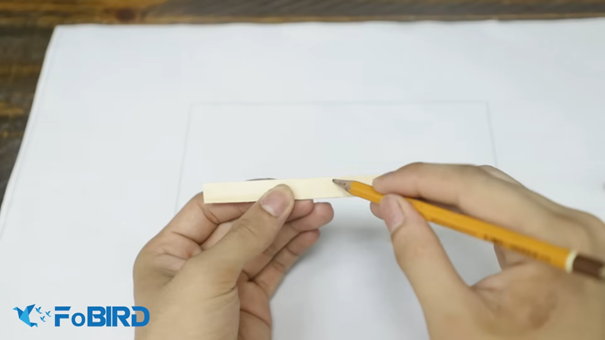
- Hold the shears firmly and cut straight down at a 90° angle.
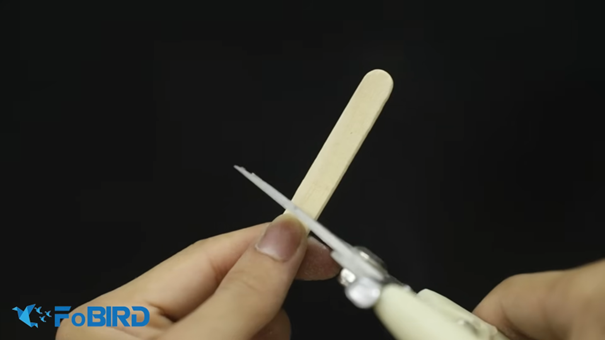
- Sand the edges to avoid splinters and get a cleaner finish.
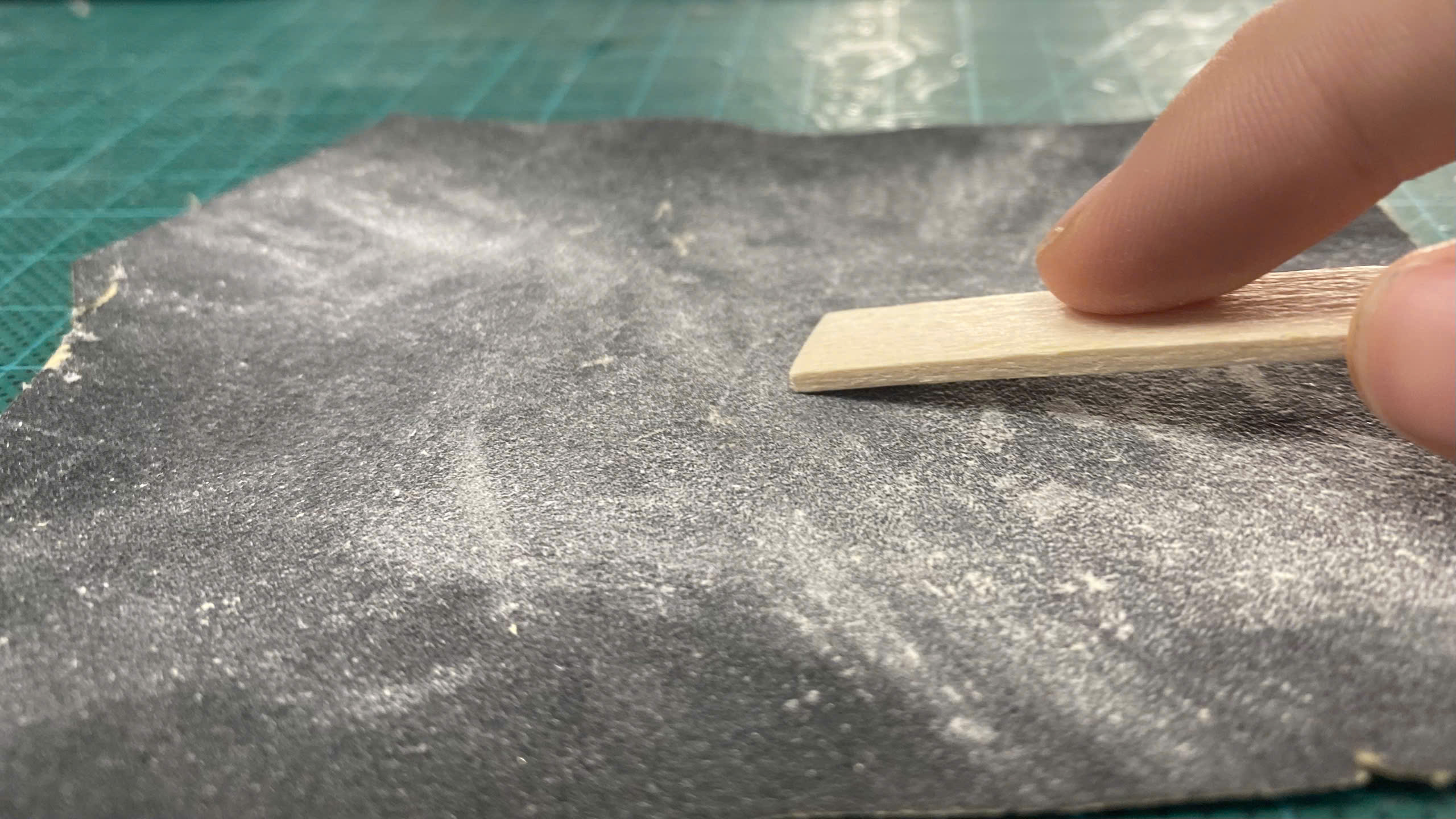
IV. Others Cutting Techniques
Once you’ve selected the right popsicle sticks, it’s time to shape them to fit the design of your miniature project. Whether you’re building a tiny house, furniture, or landscaping elements, you’ll need to apply different cutting techniques. Using pruning shears gives you control and precision for a range of cuts with minimal splintering.
Angled Cuts for Roof Lines and Joints
Angled cuts help create sloped edges and seamless joints, which are especially useful for rooflines, corner pieces, or detailed framing. Pruning shears can be rotated slightly to achieve a diagonal cut, though a steady hand is important here.?

Always mark the desired angle beforehand (typically 30°, 45°, or 60°). You should tilt the shears carefully while cutting to follow the marked angle. Test-fit angled pieces together before gluing to ensure a tight, clean joint.
Curved Edges or Rounding Tips Using Shears Creatively
While pruning shears are designed for straight and angled cuts, you can also use them creatively to create gentle curves or rounded tips.
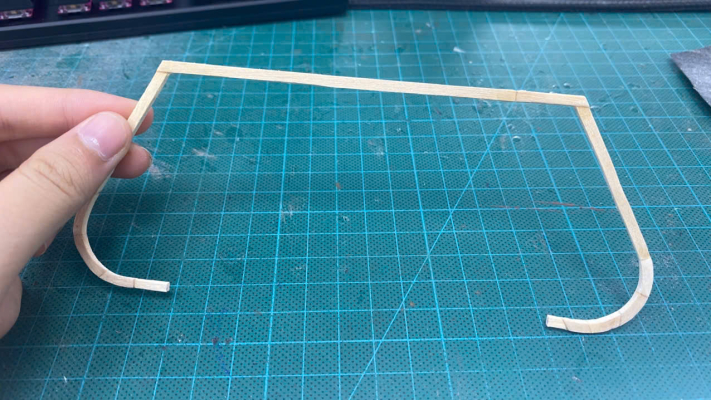
Starting at trimming small slivers at a time, working your way around the shape. Use the tip of the shears to “nibble” into curves gradually. After shaping, smooth the edges with sandpaper or a nail file for a polished finish.
V. Avoid Common Mistakes
Even with the right tools and techniques, a few common mistakes can affect the quality of your cuts and the overall look of your miniature project. Here are some pitfalls to watch out for when cutting popsicle sticks with pruning shears:
Using Dull Shears
A sharp blade is essential for clean, smooth cuts. Using dull pruning shears can crush or splinter the wood instead of slicing through it cleanly. This not only makes your pieces look rough but can also lead to uneven joints and wasted materials.
Tips: Keep your shears sharpened or replace them when you notice increased resistance or ragged edges.
Rushing and Causing Cracks or Splinters
Patience is key when working with small materials. Applying too much force too quickly can crack the stick or cause splinters, especially near the edges. Remember to always cut slowly and steadily, applying even pressure. If you’re making more delicate cuts, consider trimming small amounts at a time for greater control.
Cutting Without Measuring
Estimating your cuts may seem faster, but it often results in inconsistent sizes and poor fits, especially when you’re assembling multiple pieces. Always measure and mark your sticks before cutting. A simple ruler and pencil can save you a lot of time, and frustration later in the build.
